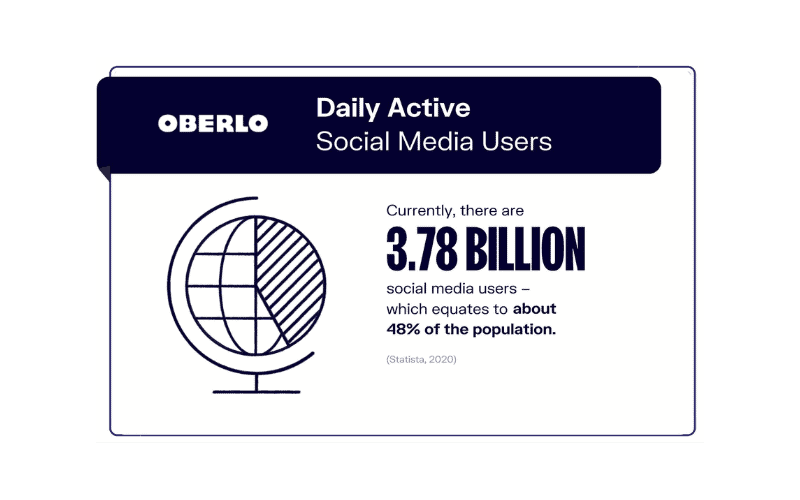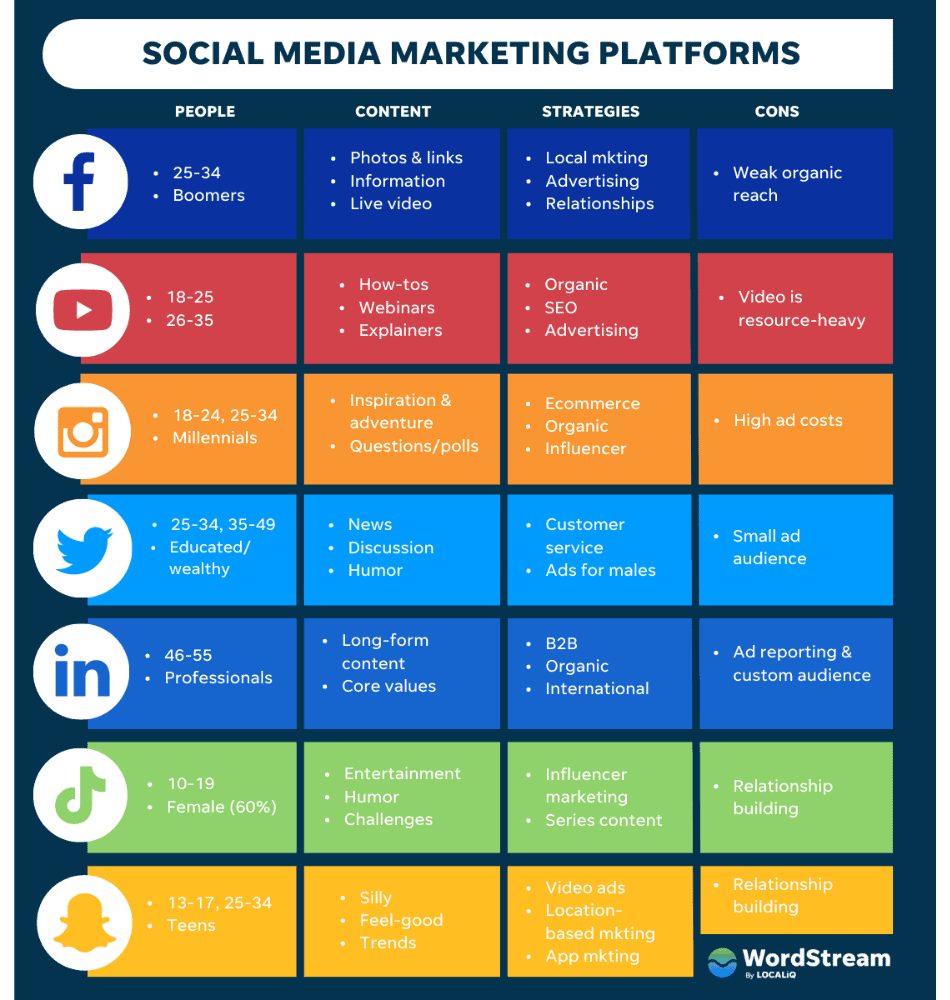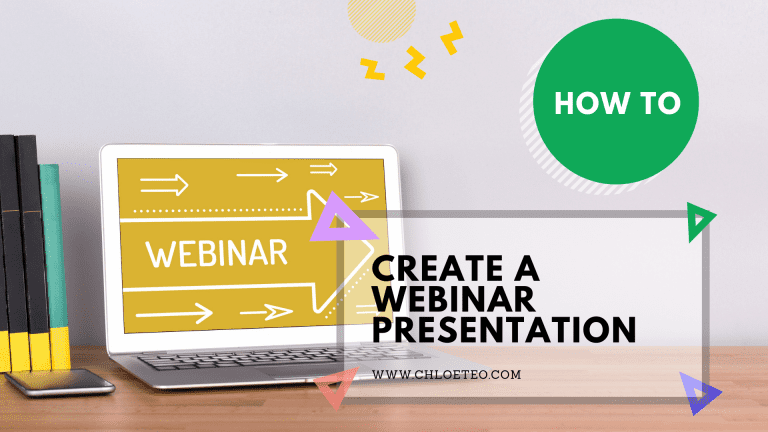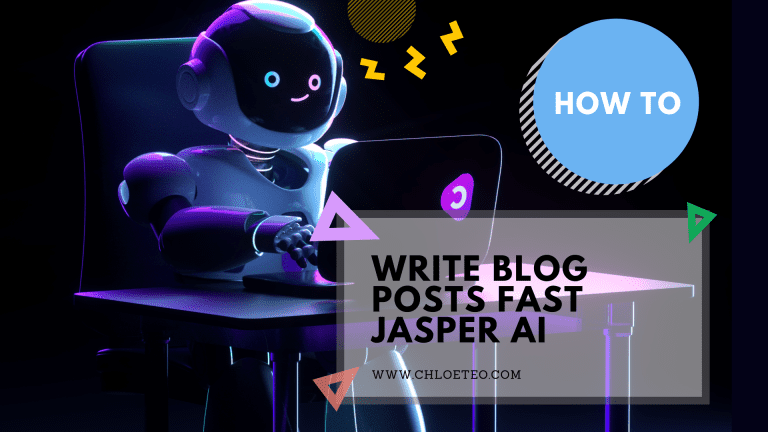Social Media Content Creation – A Step-by-Step Guide
Social media marketing has become an essential part of today’s business landscape. Your social media content is the key to building an unforgettable brand and turning your followers into devoted fans. With over 58% of the world’s population on social media, a strong and engaging social media content creation strategy is a must to succeed in the digital age!
In this blog article, we discuss the importance of social media content today and guide you through 8 effective steps in forming a social media-based content creation strategy.
What is Social Media Content?
Content created for social media platforms such as Facebook, Instagram, or Twitter is commonly referred to as social media content. This type of content is usually produced by individuals or companies to better interact with users on these platforms.
Importance of Social Media Content Today
Today, an inbound marketing strategy that doesn’t include content creation is like trying to fill up your car with gas without first putting oil into the engine. You won’t get very far!
The power of social media platforms is undeniable. Over the years it has become a ubiquitous business platform. If you want to maximize your reach, social media is an essential tool in your arsenal.
It is an important tool for creating and maintaining your online presence, exposure, and brand image. Here are some recent statistics to clarify the fact:

- On average people spend 2 hours and 25 minutes on social media regularly.
- 71% of consumers of a certain brand (products, blogs, etc.) on social media are likely to promote the brand directly or indirectly to others.
Social media provides a more direct channel of communication between businesses and consumers, which is why many companies are increasingly interested in investing in this type of content.
You can use it as a personal connection point with potential customers by asking them what they think about certain topics and keeping up-to-date on their likes/dislikes through posts that are tailored specifically for their interests!
8 Steps to Create a Social Media Content Creation Strategy
Here are eight effective steps that can help you form an effective social media content strategy:
Step 1: Understand Your Target Audience
If you want to produce effective social media content, the first step is to understand your target audience. Think about where they spend their time online, and what kinds of social media content they’re attracted to.
Do some research to understand more about them. This will help you design content that piques their interest and drives engagement.
Here are some free social media research tools to help you get started on your research:
- Google Analytics
- Tweetdeck
- Social Mention
- Followerwonk
- Answer The Public
- Google Keyword Planner
- Talkwalker Alerts
Step 2: Identify and Research Your Competitors
Before creating content for social media, first identify and research your competitors. By understanding what content is already out there, you can help create a strategy for developing content that will add value to your audience and make you stand out.
Here are some action steps to get you started:
- Identify your main competitors. Spend some time researching their social media presence and content strategy. What kind of posts are they sharing? What kind of tone do they use?
- Reverse engineer the competitor’s content to find their competitive advantage and points of value creation.
- Once you have a good understanding of what they’re doing, start brainstorming ways to communicate your brand purpose and differentiation. Think about what makes your brand unique and how you can communicate that through your posts.
- Stay up-to-date with your competitors’ content and industry trends
Step 3: Set Your Content Goals
Now that you know your target audience, and have done your market research, you can define your content goals and objectives. Here are some examples of social media content creation goals that can help you figure out that on your own:
Setting content goals will help you plan the type of social media posts that are most effective for reaching your audience. It’s important to have a clear idea about what kind of messages you want to convey to your followers and fans alike!
It’s also important to have goals in mind when creating social media strategies. The content you produce will depend on your goals, so it is best if they are clear from the beginning!
Step 4: Determine Your Content-Type
After understanding your target audience and identifying your competitors, it’s important to determine what type of content will resonate with them. Are you creating content to inform, engage, or entertain?
According to the famous Social Media Influencer Neal Schaffer, there are 7 types of social media content. These are:
- Educational Content
- Entertaining Content
- Inspirational Content
- Interactive Content
- Connecting Content
- Promotional Content
- Newsworthy Content
Each of the above types of content serves a different purpose; and you can choose what relates best to what you want to communicate
- Educational Content: These types of social media content strategy involve the use of tips and ways to do things, infographics, industry research, free resources, FAQs, etc to help readers learn something, find answers to a question, or solve a problem at hand.
- Entertaining Content: These types of social media content involve the use of memes, jokes, comics, nostalgic content, puzzles, contests, etc. to entertain and amuse readers.
Step 5: Select Your Social Media Platforms
Once the content types are determined, you have to select your social media platform you will publish on. There are a lot of social media platforms out there such as Facebook, Twitter, Instagram, LinkedIn and Pinterest.
It can be overwhelming to decide which ones to use for your blogs or business. Here are some tips to consider when choosing your social media platforms:
- What kind of content do you want to share?
- Who is your target audience?
- What platforms are most popular with your target audience?

The above infographic by Wordstream gives you an overview of the age group, demographics, and type of content that works well for different platforms. You can use it to decide which works best for your business. For example, if you are targeting mainly B2B clients, LinkedIn is a great option, and long form content like ebooks or whitepapers would work best.
By taking the time to answer these questions, you’ll be able to narrow down your choices and select the social media platforms that are right for your content.
Step 6: Create Social Media Content Calendar
There are many ways to approach social media content planning, but one of the best tools for staying on top of your game is a content calendar. It will help you visualize ideas and organize them such that execution becomes easier!
Your content calendar should be a hub filled with all things posted about during this process. So, make sure it’s set up properly before beginning anything else. You can download this free social media content calendar template by HubSpot here to easily get started!
Step 7: Promote and Publish High-quality Content Regularly
To make sure your social media strategy is successful, you must ensure the quality of your content. Then you’ll need a plan for the promotion and distribution of all content posted online to ensure exposure, reach, and engagement as much as possible.
Here are some action steps on how you’re going to do that:
- Multi-Channel Social Media Marketing: Promote your content across multiple social media channels at once to reach a wider audience. Publish your content on a schedule to keep your audience coming back for more. NapoleonCat is a great social media content scheduling tool that you can use in this case.
- Adding Share Buttons: Increase your exposure by adding share buttons to the bottom of each post so that people can distribute it on their social media pages!
- Asking Questions: Encourage engagement with your content by asking a few simple questions to your audience. This will also give you some insight into what they think and how their thoughts may change over time as well!
- Being Responsive: To keep in touch with followers, you should respond to or re-post people who share your content.
- Using Hashtags: Hashtags can be a great way to get your content seen by more people. They’re especially worthwhile on Twitter and Instagram, where they’ll help you distribute wider than just those following closely-related hashtags – think niche interests or trends!
- Joining Social Media Groups: Joining groups on social media is one way to stay up-to-date with what’s happening in your industry. This, in turn, can immensely help you produce updated content in advance.
- Networking: The best way to get your content seen by the right people is through networking with bloggers and niche influencers in your industry. This will increase the likelihood of your content getting shared with their audiences.

Time Saving Hack
Did you know you can produce creative social media captions that engage your audience in just seconds? Check out this guide for the best AI copywriting software available today!
Step 8: Measure Outcomes
The final step in creating a social media content strategy is to measure the outcomes of all the above steps. This can help you keep track of your performance and help you optimise your strategy over time.
Track the outcomes of each of your content at least once a week.You can use the following social media metrics to measure outcomes:
Awareness Metrics:
These metrics indicate the number of people your content was exposed to and how much attention it got on social media. These metrics are:
- Reach: Indicates the number of people who have viewed your content.
- Impressions: Indicates the number of times your content was viewed by people.
- Audience Growth Rate: Indicates the percentage of new followers with time.
Engagement Metrics:
These metrics show the number of people interacting with your content. These metrics are:
- Rate of Engagement: Measures the rate of reactions, comments, and shares on your content as a percentage of your followers.
- Rate of Amplification: Indicates the ratio of shares and number of followers for each content.
- Rate of Virality: Measures the rate of shares of your content.
ROI Metrics:
Measures the Return on your social media investment. These metrics are:
- CTR (Click-through Rate): Indicates how often people click on your content.
- Conversion Rate: Indicates your content’s rate of subscription, sale, or download.
- CPC (Cost-Per-Click): Indicates the money you pay for each click on your content.
- CPM (Cost Per Thousand Impressions): Indicates the cost of each thousand impressions of your content.
Conclusion
Creating a content creation strategy doesn’t have to be hard. It just takes some time and effort up front to plan out what you want your content to achieve. Once you have that laid out, the actual creation process becomes much easier–and more fun!
We hope this guide has helped get you started on creating an amazing content strategy for your business. Now it’s time for you to take action and make it happen!
FAQ
1. Why is social media is good for content creation?
Social media is good for content creation because it’s a great way to get your work in front of a large audience. It can also help you build up a strong following of people who are interested in what you do.
2. What is the ideal frequency for social media posts?
The ideal frequency for such posts is once a day and no more than twice a day.









